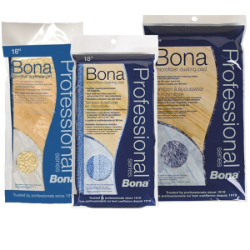Floating Floors Guide
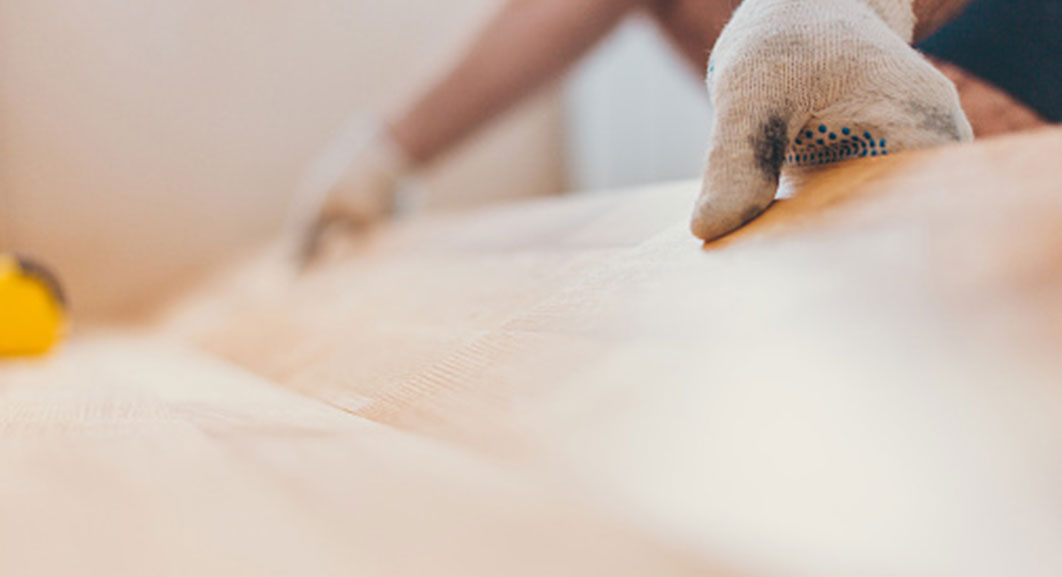
A floating floor installation is the most popular option for DIYers. A floating floor install is quick, easy and affordable. Since floating floor options are available for most popular floor types, you can be sure to find a simple way to get the look you want for your floors.
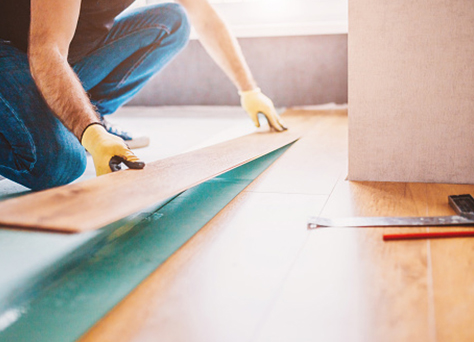
It’s an installation method.
There are three ways to install flooring over a subfloor: glue-down, nail-down and floating floor. As the name suggests, a floating floor is laid over the subfloor, “floating” on top of it rather than being secured by glue or nails.
Even though the floor isn’t directly connected with the subfloor, it’s still very secure. Floating floor planks connect to each other like a giant puzzle—the weight and size of the connected planks will keep the floor in its place.
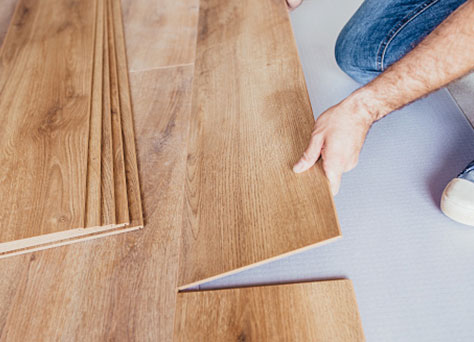
It’s DIY friendly.
With a floating floor installation, very few tools are required. In fact, if your floor is already prepped (some floating floors can be installed over your existing hard surface floor), all you might need is some glue.
There are two types of floating floors: click lock (AKA snap together) and tongue and groove. Tongue and groove floating floors use adhesive to connect each floor plank together. With a click lock floating floor, planks simply click or snap in place. Floating floors can be installed in as little as a few hours. Tongue and groove floating floors will take longer than click lock, but a floating floor installation is an easy weekend DIY project.
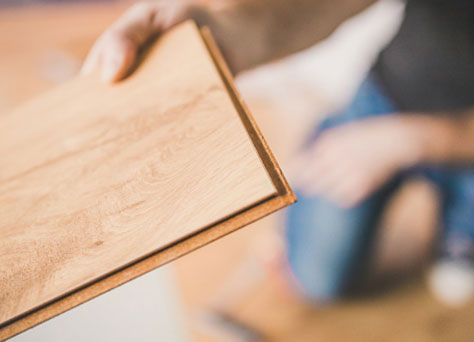
It comes in a variety of materials.
With the general ease of installing a floating floor, it’s no surprise that many floor manufacturers are making floors that can be installed with this method. The most popular materials that can use a floating floor installation are laminate, engineered hardwood and luxury vinyl. Solid hardwood floors, ceramic tile and carpet need to be secured to the subfloor. However, many floating floor materials can be made to look like other natural materials, giving you the freedom and range to design your floors any way you want.
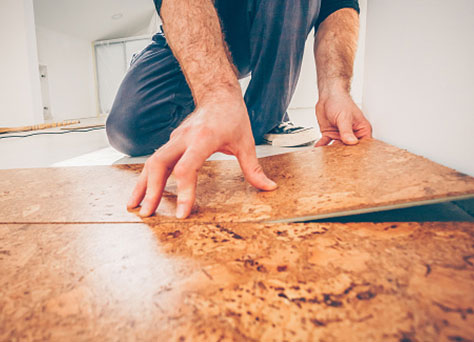
It’s easy to clean.
With a floating floor installation, very few tools are required. In fact, if your floor is already prepped (some floating floors can be installed over your existing hard surface floor), all you might need is some glue.
There are two types of floating floors: click lock (AKA snap together) and tongue and groove. Tongue and groove floating floors use adhesive to connect each floor plank together. With a click lock floating floor, planks simply click or snap in place. Floating floors can be installed in as little as a few hours. Tongue and groove floating floors will take longer than click lock, but a floating floor installation is an easy weekend DIY project.
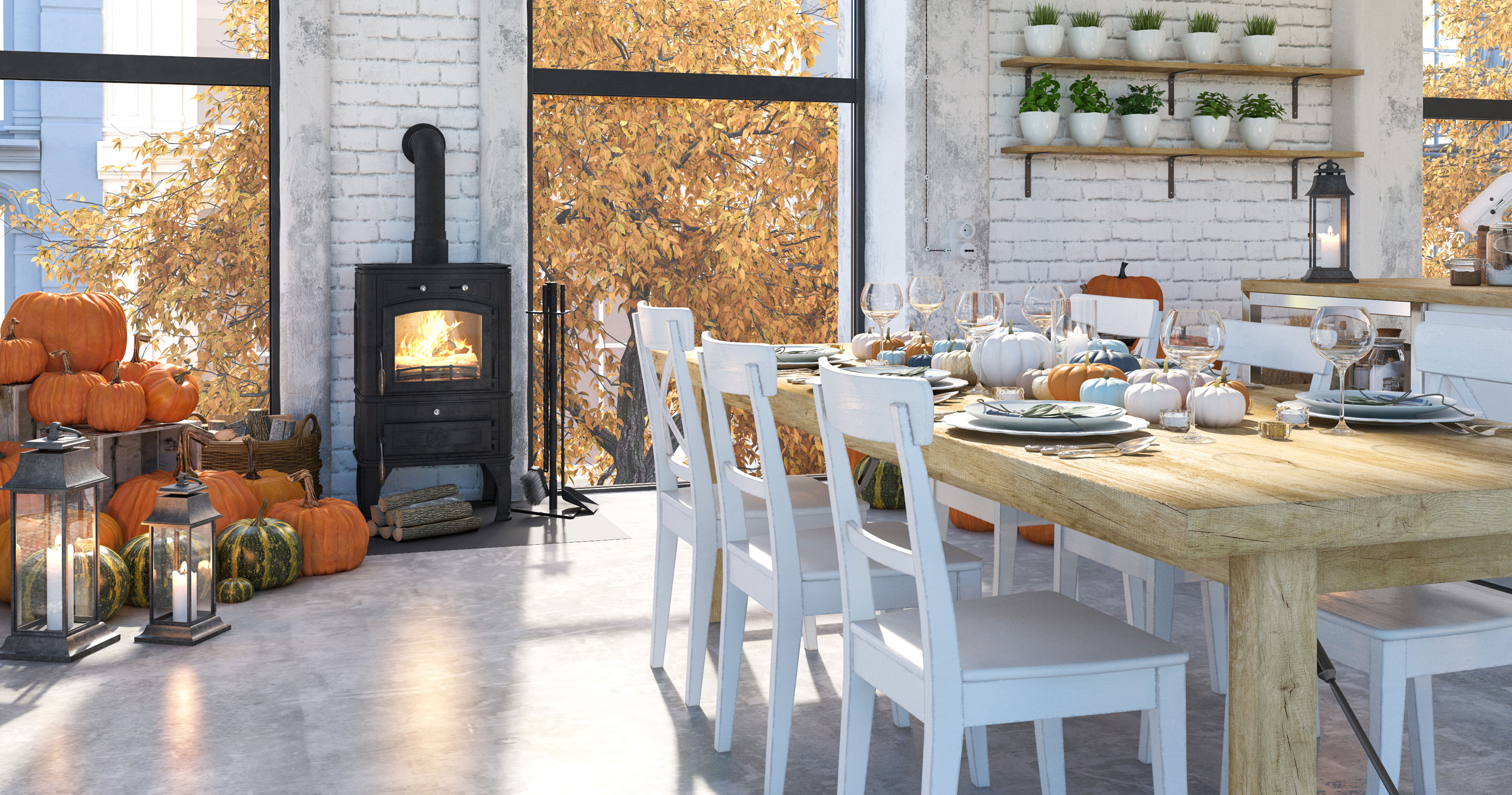
News
Holiday Cleaning on the Go with Bona
Get ready for the holidays faster with Bona.

News
Greening Up Your Holidays
Small acts can make a big impact on creating a greener world.
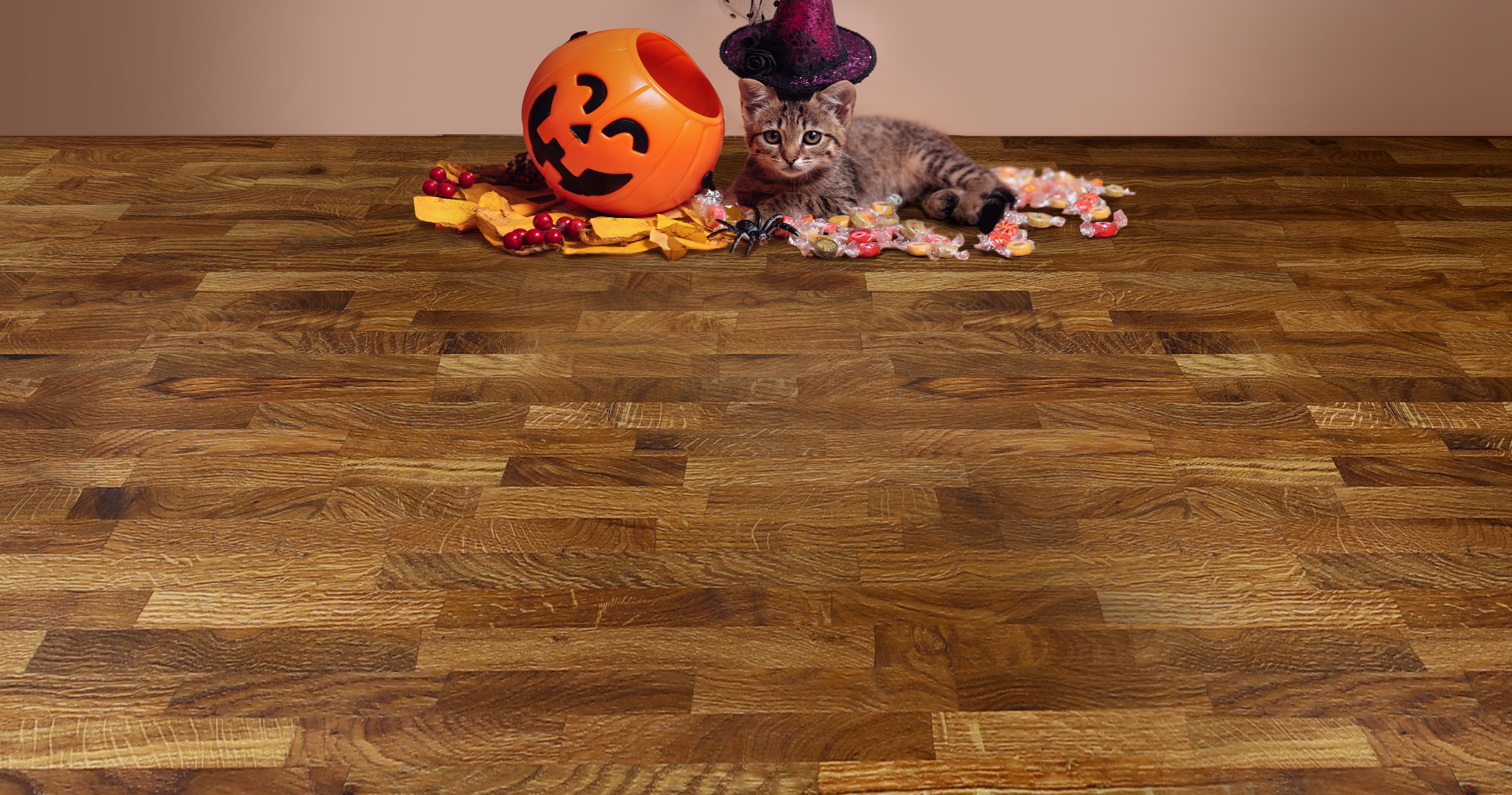
News
Halloween Holiday Cleaning Tips
Don’t let a messy home scare your guests from enjoying your Halloween party.





